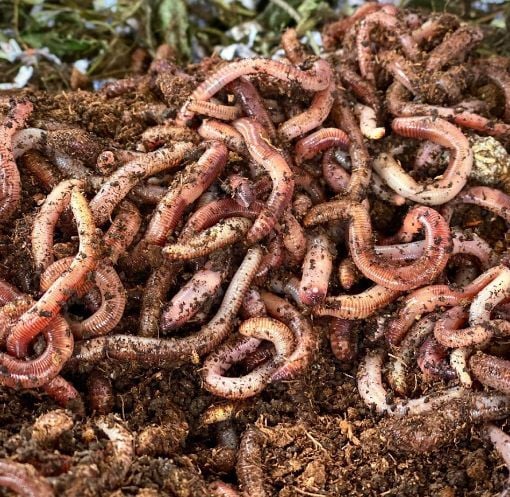 If you have been following Uncle Jim’s blog, you will know how beneficial organic compost is to growing strong, healthy, and productive garden vegetables. The combination of well-chosen organic seeds, organic compost, and a little TLC on your part will guarantee healthy fresh vegetables all summer long.
If you have been following Uncle Jim’s blog, you will know how beneficial organic compost is to growing strong, healthy, and productive garden vegetables. The combination of well-chosen organic seeds, organic compost, and a little TLC on your part will guarantee healthy fresh vegetables all summer long.
Let’s talk about beans. There are two main types of beans. Dry beans are grown to maturity and then removed from the shell and dried. The dried beans are yellow, red or pinto and many other colors. The other type is green or “snap” beans. The pods are picked when young and cooked and eaten immediately.
Choosing Beans to Grow
The growing habits or preferences of beans also fall into two types. Bush beans, as the name implies, grow in a self-supporting cluster of stems. Pole beans require a structure they can entwine around and climb toward the sky.
The seeds we chose are organic Runner Beans, also called Snap Beans. They are a type of pole bean. Look online at Seed Savers Exchange or your local nursery or supermarket. SNAP, formerly known as food stamps, can cover the cost of seeds for growing food.
A major consideration is the location of your planting. Runner beans, like most other varieties, thrive in the full sun but will tolerate partial shade. An outdoor location is probably best unless you have a greenhouse or sunroom, or a large south-facing window. Runner beans are climbing plants and will need some kind of support so they can climb. Trellises work well, as do netting and chain-link fences. In the photo, you will see we made a simple wooden frame with strings running from the top to the bottom rail. Whatever kind of support you use, plan to plant your beans close to the structure, and the young plants will find the support and start climbing.
Getting Started Planting with Compost
You will need to enrich the soil before planting, so the beans will have a good start. Make your own compost using composting worms from Uncle Jim’s Worm Farm. We have tray-based composters, too. Don’t waste those kitchen scraps.
Didn’t start in time? No problem, order finished compost from Uncle Jim’s.
Loosen the soil where you want to plant the seeds and mix in plenty of compost.
Read the bean seed packet for instructions on when and how to plant. Most likely the timing will be in the Spring when the soil has warmed up, and there is no danger of frost. Check your almanac or Google “last frost date” for your location. The package will also give the distances between seeds, the depth to plant, and the space between rows.
When it’s time to plant, dig a narrow trench along the length of the row, a couple of inches deeper than the planting depth. Stir an extra dose of compost mixed with soil into the bottom of the trench, bringing it up to the right depth. That ensures the sprouting plants will have plenty of nourishment to start. Finally, place your beans along the bottom of the trench at the required spacing and fill the trench with soil. Water your planting bed well and prepare to wait!
Tending to Your Beans
Keep your planting bed from drying out by watering when needed, and watch for the new sprouts to emerge. The new plants will benefit from “side-dressing” from an early age, which means loosening the soil a few inches from the row and stirring in more compost fertilizer. Beans are “greedy feeders,” so you should keep up the side-dressing throughout the season.
The new plants should find their way to the supporting structure easily and commence climbing. Protect the plants from pests like deer.
Watch for the flowers. The bean pods will form behind the flower. Harvest regularly to encourage more flowers and beans. The young pods are delicious and nutritious, steamed or raw.
If you wish, toward the end of the season, you can allow some pods to grow to maturity. When the pods are fat and beginning to dry out, pick them and remove and dry the beans. You can then either cook them in your favorite dry bean recipe or save them for next year’s planting.










6 thoughts on “Using Compost to Plant String Beans”
I can’t get my worms to travel up to the next tray. I just have rotting food. Any suggestions?
Thank you all your information was helpful. Like the bean info. Like to hear about early day planting.
My grandma had a garden where we grew pole beans one year.
They grew gloriously and fed our whole neighborhood.
Any suggestion on preventing Japanese beetles from destroying bean plants? I have all but given up on growing beans.
Japanese beetles lay their eggs in the soil, so every year you will see more. Mine were so bad we just started catching them with a jar and lid, push them into the jar with the lid then you don’t have to touch them. Every year since I started doing this the beetles have become less and less. It took two years of diligence but have very few now.
Could you advise on a simpler solution for bean vines?